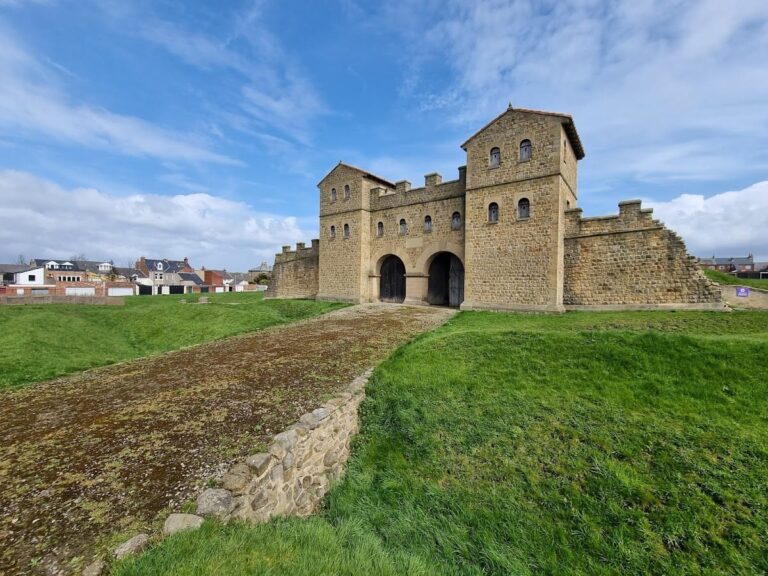Dalden Tower: A Medieval Manor and Fortified Residence in County Durham
Visitor Information
Google Rating: 3.7
Popularity: Very Low
Google Maps: View on Google Maps
Official Website: fabulousnorth.com
Country: United Kingdom
Civilization: Unclassified
Remains: Military
History
Dalden Tower is situated in the village of Dalton-le-Dale in County Durham, England. It was originally established during the medieval period by the local Escolland family, who constructed a manor house on the site in the 12th century.
In the early 14th century, around 1320, Sir Jordan de Dalden enhanced the estate by adding a chapel, indicating the importance of religious observance within the household. By the latter part of the 14th century, the manor came under the ownership of the Bowes family. They undertook significant rebuilding work that resulted in the construction of the hall whose remains have endured to the present day.
During the 16th century, a defensive pele tower was incorporated into the complex. Providing fortified refuge against local threats, pele towers were typical in northern England at this time. Ownership later passed to the Collingwood family in 1615 and then to the Milbank family. However, by the 17th century, the tower and manor had fallen into ruin. Many of the stones were removed and reused in the construction of Dalden Hall, a subsequent building that stood nearby but itself collapsed in the 1960s before being demolished.
Although largely abandoned, part of a wall at the site has survived, dating from the 17th to the early 18th century, showing that some structures endured well beyond the main period of occupation. Archaeological investigations in the 1960s and 1980s further revealed features of the site, shedding light on its former layout and status. Recognition of Dalden Tower’s historical value has led to its protection as both a scheduled ancient monument and a grade II* listed building.
Remains
The surviving remains of Dalden Tower reveal a fortified manor complex typical of the medieval period in northern England. The layout includes the remnants of a pele tower—a small, fortified tower house built for defense during the 16th century—constructed from local stone. This defensive feature was an important addition to the estate, reflecting the turbulent environment of the border regions at the time.
Portions of the hall dating from the late 14th century still stand, representing the substantial residence built under the Bowes family’s stewardship. Excavations uncovered parts of the hall range below the surface, revealing the size and extent of the domestic buildings that once occupied the site.
Archaeological work has also located the moat that once surrounded the manor, confirming the defensive nature of the complex’s layout. The moat would have served both as a physical barrier and a symbol of status.
A chapel, installed in the early 14th century, formed part of the original estate, although specific architectural details have not been recorded in the archaeological findings.
After the manor declined, many of its stones were removed and used to construct nearby Dalden Hall, showing a practical reuse of materials common in the period. Still, a surviving wall from the 17th or early 18th century remains in situ, representing later additions or partial survival after the main abandonment of the tower.
Together, these elements offer insight into the evolution of Dalden Tower from a medieval manor to a fortified residence and eventually to a ruin preserved for its historical significance.







